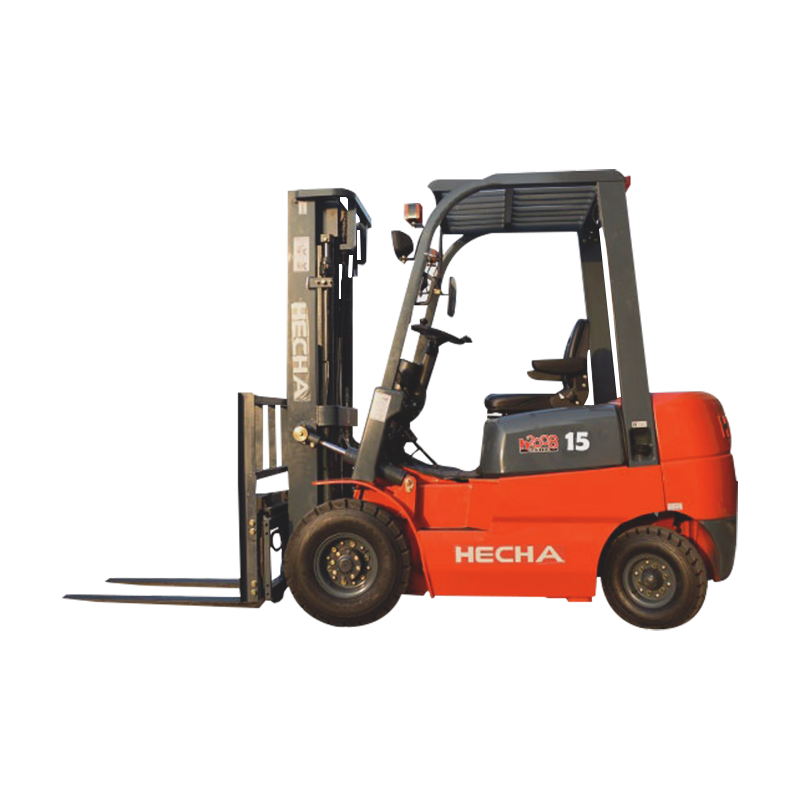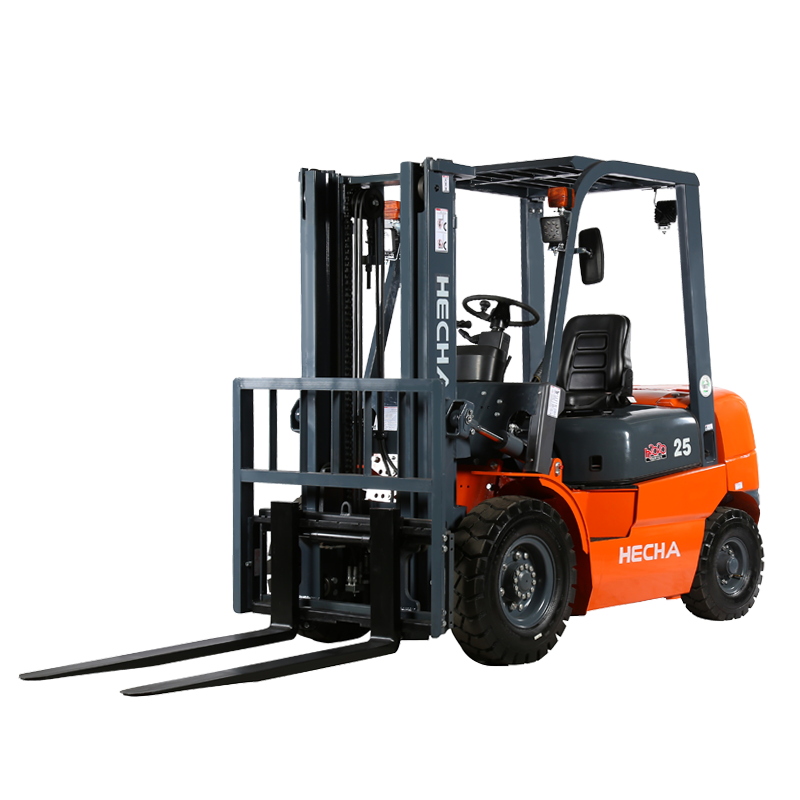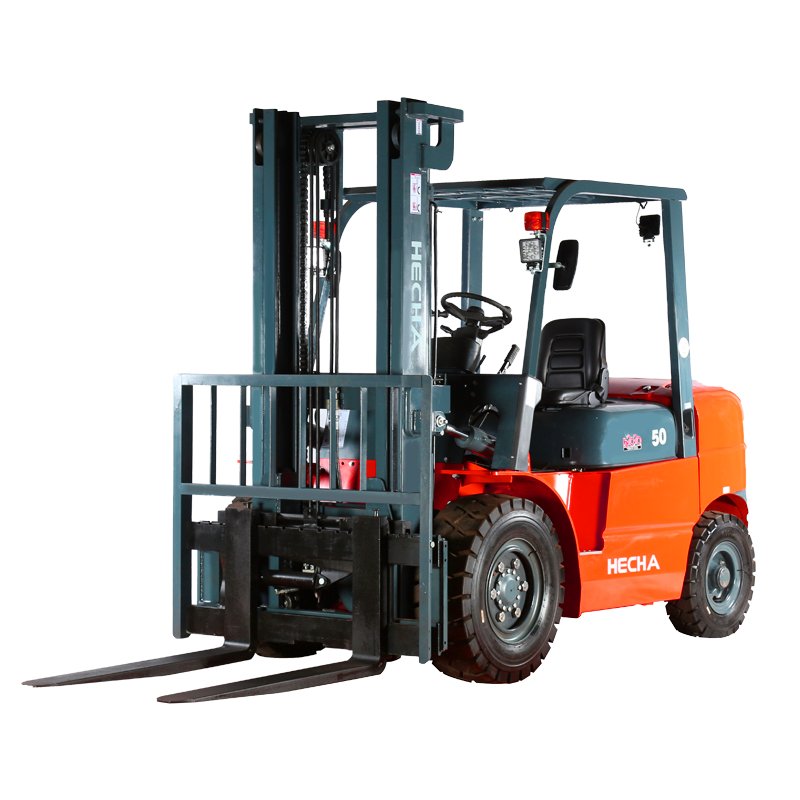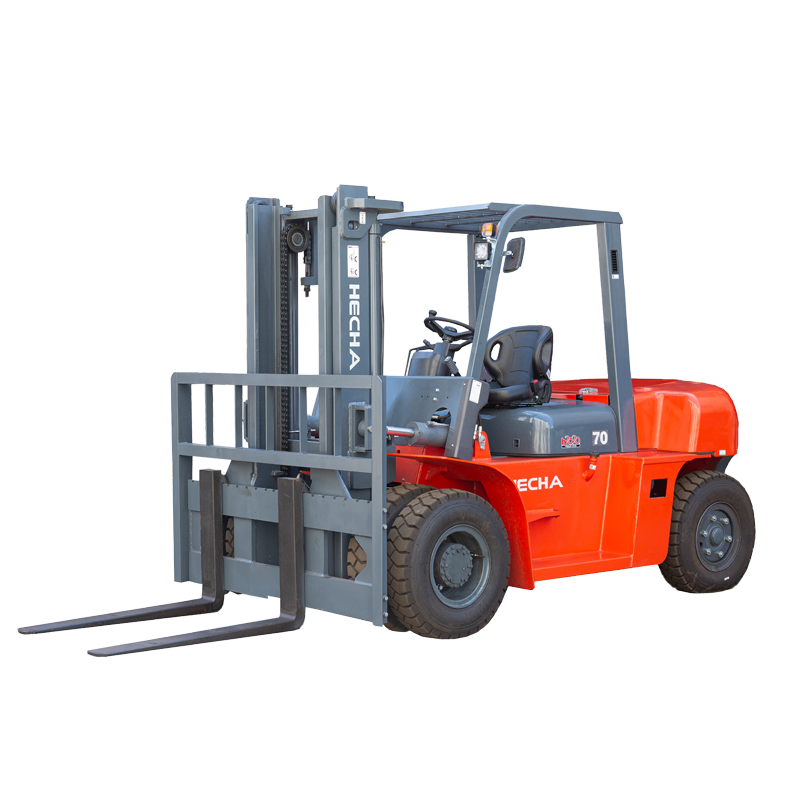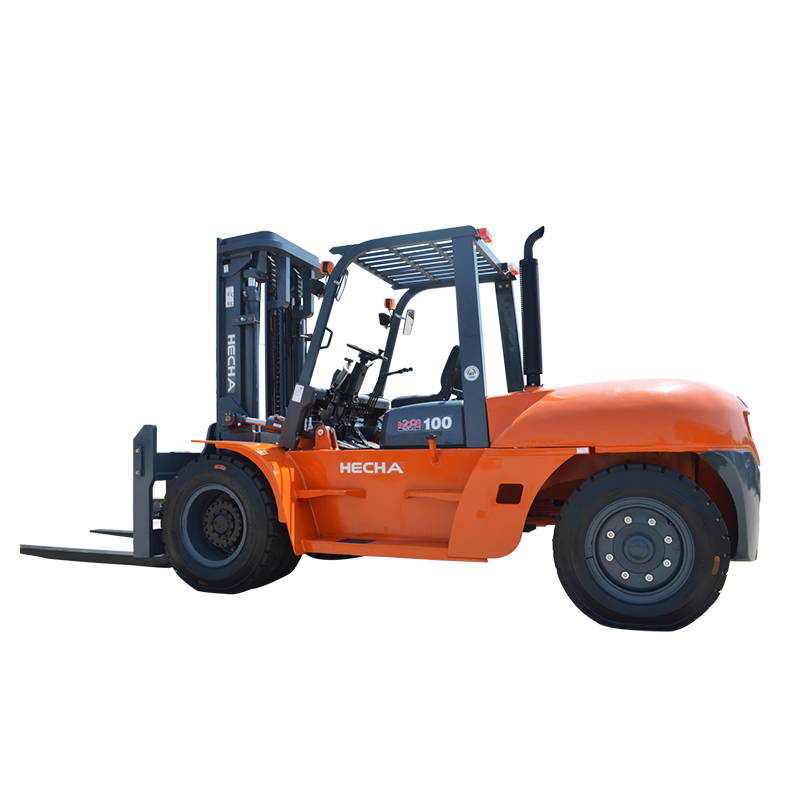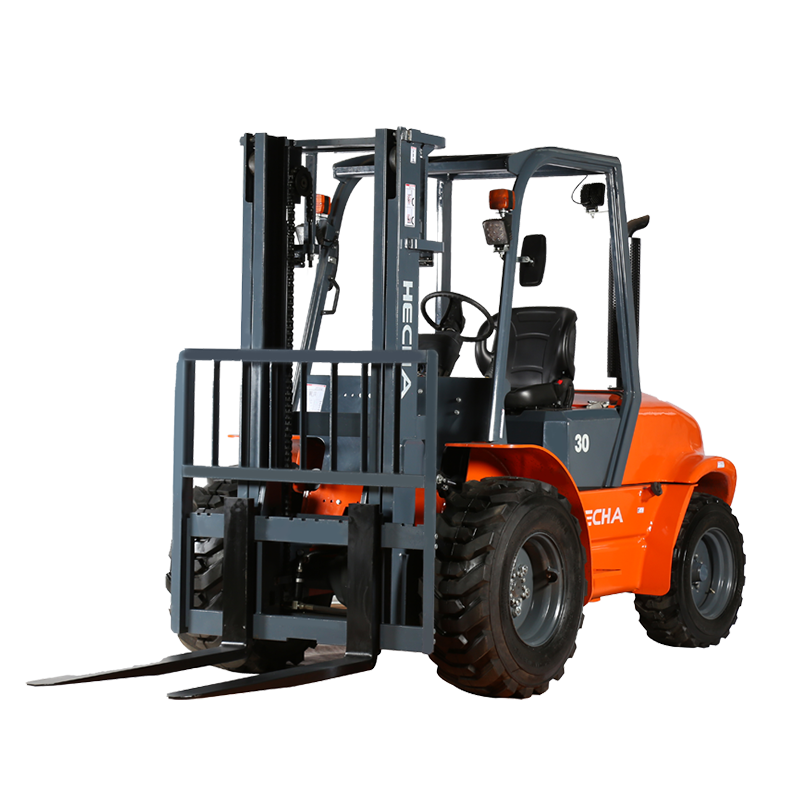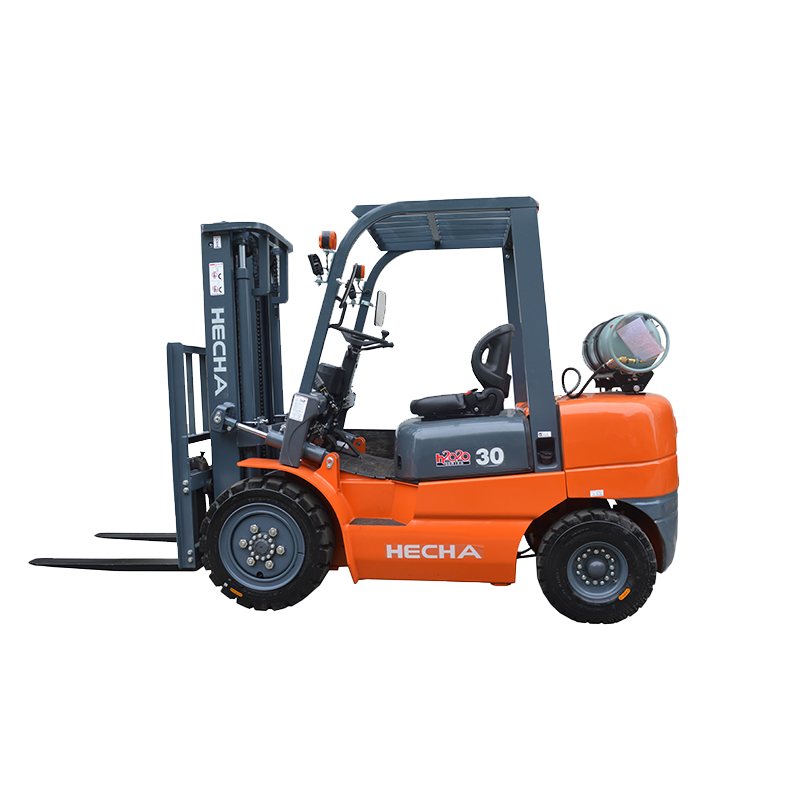In the field of modern industrial logistics, forklifts are the core equipment for material handling, and the choice of their power system is directly related to the company's operating costs and operating efficiency. Faced with the rise of various new battery technologies, lead-acid battery forklifts continue to be the preferred choice for companies with limited budgets due to their significant cost advantages, providing economical and efficient power solutions for diversified forklift operation cycles. So, how can lead-acid battery forklifts achieve a balance between cost and performance and become a cost-effective choice?
From the perspective of technological development, lead-acid battery technology is extremely mature. After more than a hundred years of development and improvement since its birth, its production process has been very stable. Mature production processes mean lower technical research and development risks and production costs, and companies do not need to invest a lot of money in technical research and equipment innovation. Large-scale industrial production has brought about economies of scale. From the preparation of electrode materials, the preparation of electrolytes to battery assembly, the production efficiency of each link has been continuously improved, and the production cost of unit products has been greatly reduced. At the same time, the raw materials of lead-acid batteries come from a wide range of sources, and the main raw materials such as lead and sulfuric acid are abundant and easy to obtain, which also makes lead-acid batteries have cost advantages in the procurement of raw materials.
The initial purchase cost of lead-acid battery forklifts is low, which is a key factor that attracts many companies. For small and medium-sized enterprises, the capital budget is often tight, and the initial investment and long-term benefits need to be considered comprehensively when purchasing equipment. The market price of lead-acid battery forklifts is generally lower than that of forklifts using new battery technology, such as lithium battery forklifts. The high battery cost directly pushes up the price of the whole vehicle. By choosing lead-acid battery forklifts, companies can enter the forklift operation field with a lower capital threshold and use limited funds for other key business links, such as expanding storage area and optimizing logistics processes, thereby improving overall operational efficiency.
In addition to the purchase cost, lead-acid battery forklifts also perform well in terms of use and maintenance costs. In daily use, the charging facilities of lead-acid batteries are relatively simple, and companies do not need to invest a lot of money to build dedicated charging infrastructure. Ordinary mains interfaces can meet basic charging needs. Moreover, the maintenance technical requirements of lead-acid batteries are relatively low, and operators can master basic maintenance skills after simple training, such as checking the electrolyte level and cleaning the battery surface. In contrast, some new battery technologies require higher professional levels of charging equipment and maintenance personnel, which will undoubtedly increase the use and maintenance costs of enterprises. In addition, the recycling system of lead-acid batteries is relatively complete, and waste batteries have a high recycling value. Enterprises can obtain certain economic compensation through recycling after the batteries are scrapped, further reducing the overall cost.
In terms of applicability of operating scenarios, lead-acid battery forklifts show strong flexibility and can provide stable and reliable power support for different types of operating cycles. Whether it is frequent short-distance handling in small warehouses or multi-shift continuous operations in large factory workshops, lead-acid battery forklifts can do it. For multi-shift operations, enterprises can quickly replace spare batteries to ensure uninterrupted operation of forklifts. This low-cost endurance solution ensures operating efficiency while avoiding the high cost of purchasing high-performance batteries. In some places where the working environment is not demanding, the performance of lead-acid battery forklifts is sufficient to meet actual needs, and there is no need to choose expensive new battery forklifts in pursuit of higher performance.
Although lead-acid battery forklifts have significant advantages in terms of cost, companies also need to consider their actual needs when choosing. For scenarios with high working intensity and extremely high requirements for battery life and charging speed, new battery technology may be more advantageous. However, for most companies with limited budgets and relatively conventional working scenarios, lead-acid battery forklifts are undoubtedly a cost-effective choice for efficient material handling with their low initial cost, economical use and maintenance costs, and wide applicability.
With the continuous advancement of technology, lead-acid battery forklifts are also continuously optimized and upgraded. The emergence of new maintenance-free lead-acid batteries has further reduced maintenance costs; the research and development of fast charging technology has improved the efficiency of battery use. In the future, lead-acid battery forklifts will continue to improve their performance on the basis of maintaining cost advantages, provide companies with more economical and efficient material handling solutions, and continue to play an important role in the field of industrial logistics.

 English
English 中文简体
中文简体 русский
русский Français
Français Español
Español

